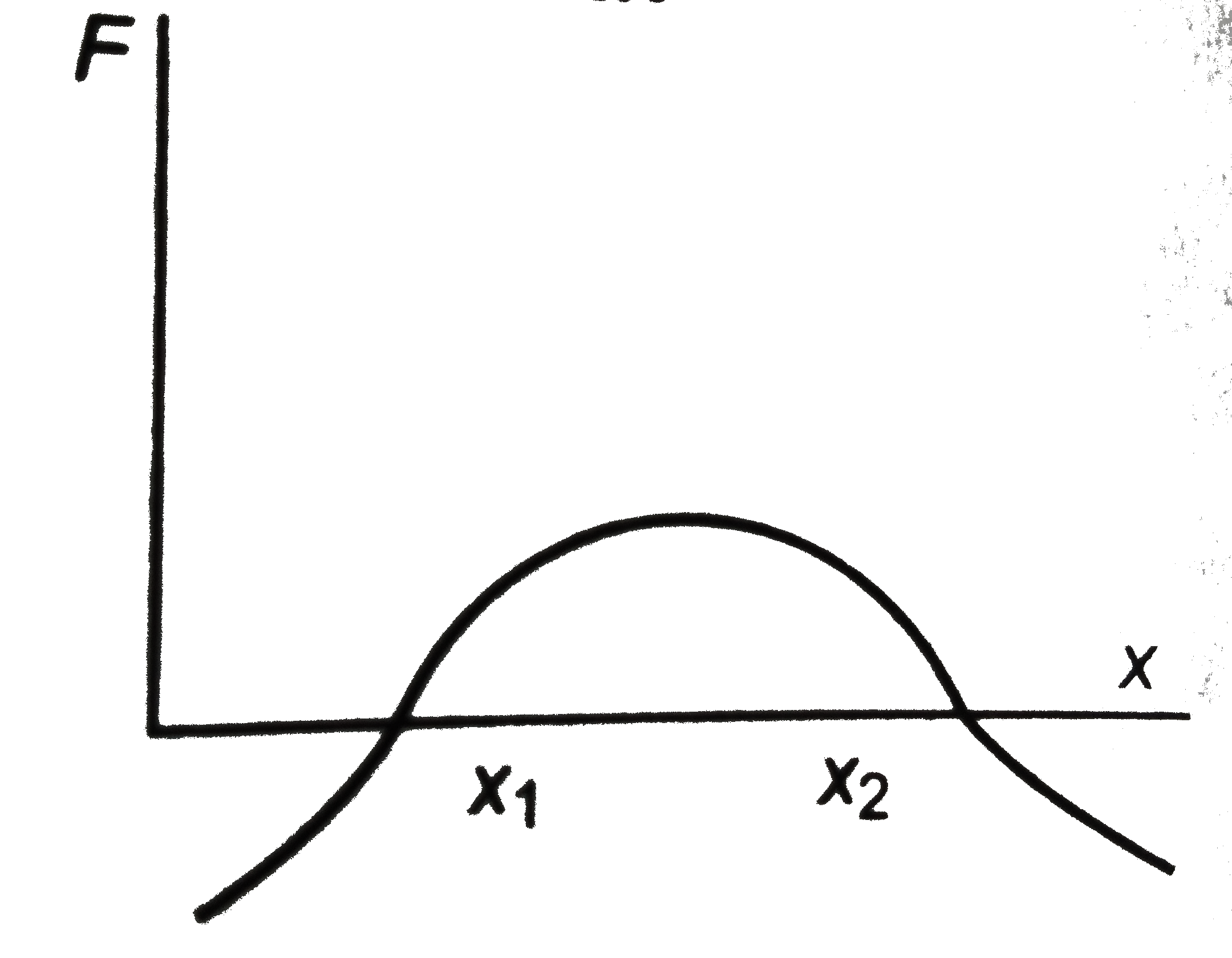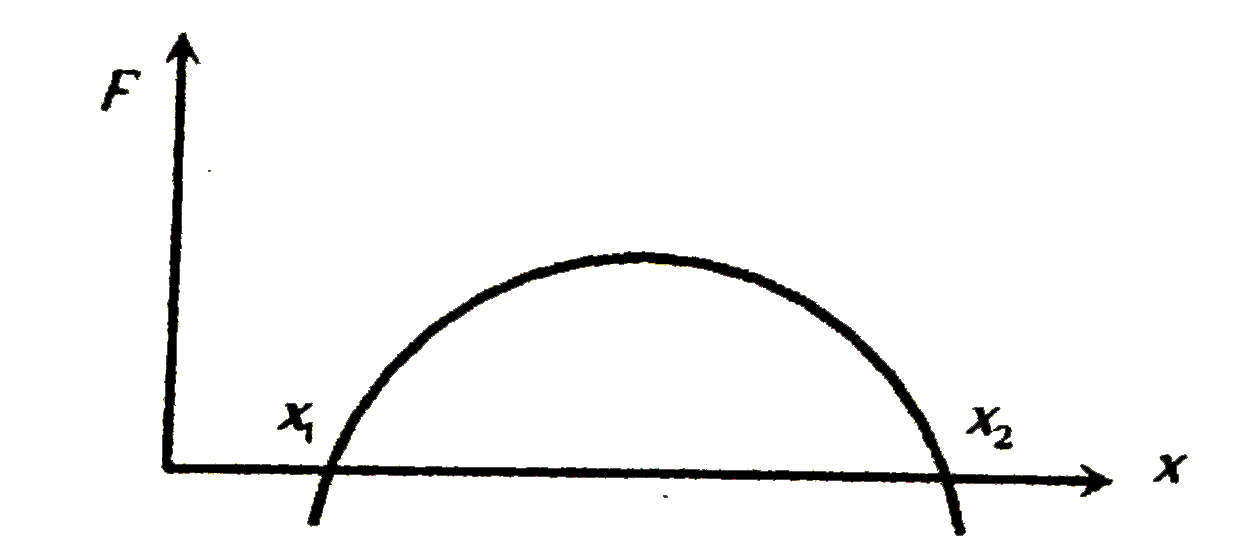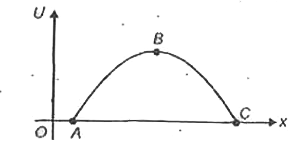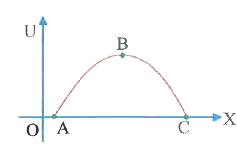The force acting on a body moving along x-axis varitian of the particle particle shown in the figure. The body is in stable equlilbrium at
 .
.
x=x1
x=x2
Both x1 and x2
Neither x1 nor x2
The correct Answer is:B
At x>x1, F is ve, i.e., repulsive force
x>x2, F is −ve, i.e., attractive force
Topper's Solved these Questions
Similar Questions
The force acting on a body moving along X-axis varies as shown.Its stable equilibrium position is :
View SolutionThe magnitude of force acting on a particle moving along x-axis varies with time (t) as shown in figure. If at t = 0 the velocity of particle is v0, then its velocity at t=T0 will be

View Solution
Knowledge Check
The force acting on a body moving along x-axis varies with the position of the particle shown in the figure. The body is in stable equilibrium at
 . Ax=x1Bx=x2Cboth x1 and x2Dneither x1 nor x2
. Ax=x1Bx=x2Cboth x1 and x2Dneither x1 nor x2The force acting on a body moving along x -axis varies with the position of the particle as shown in the fig. The body is in stable equilibrium at.
 Ax=x1Bx=x2Cboth x1 and x2Dneither x1 nor x2
Ax=x1Bx=x2Cboth x1 and x2Dneither x1 nor x2The variation of force F acting on a body moving along x - axis varies with its position (x) as shown in figure

The body is in stable equilibrium stable atAPBQCRDBoth P & Q
The variation of potential energy U of a body moving along x - axis varies with its position (x) as shown in figure

The body is in equilibrium state at
View SolutionThe variation of potential energy U of a body moving along x - axis varies with its position (x) as shown in figure

The body is in equilibrium state at
View SolutionThe kinetic energy of a body moving along a straight line varies with time as shown in figure. The force acting on the body:

View SolutionA force is acting on a body. The body will move with
View SolutionIf v is the velocity of a body moving along x-axis, then acceleration of body is
View Solution
